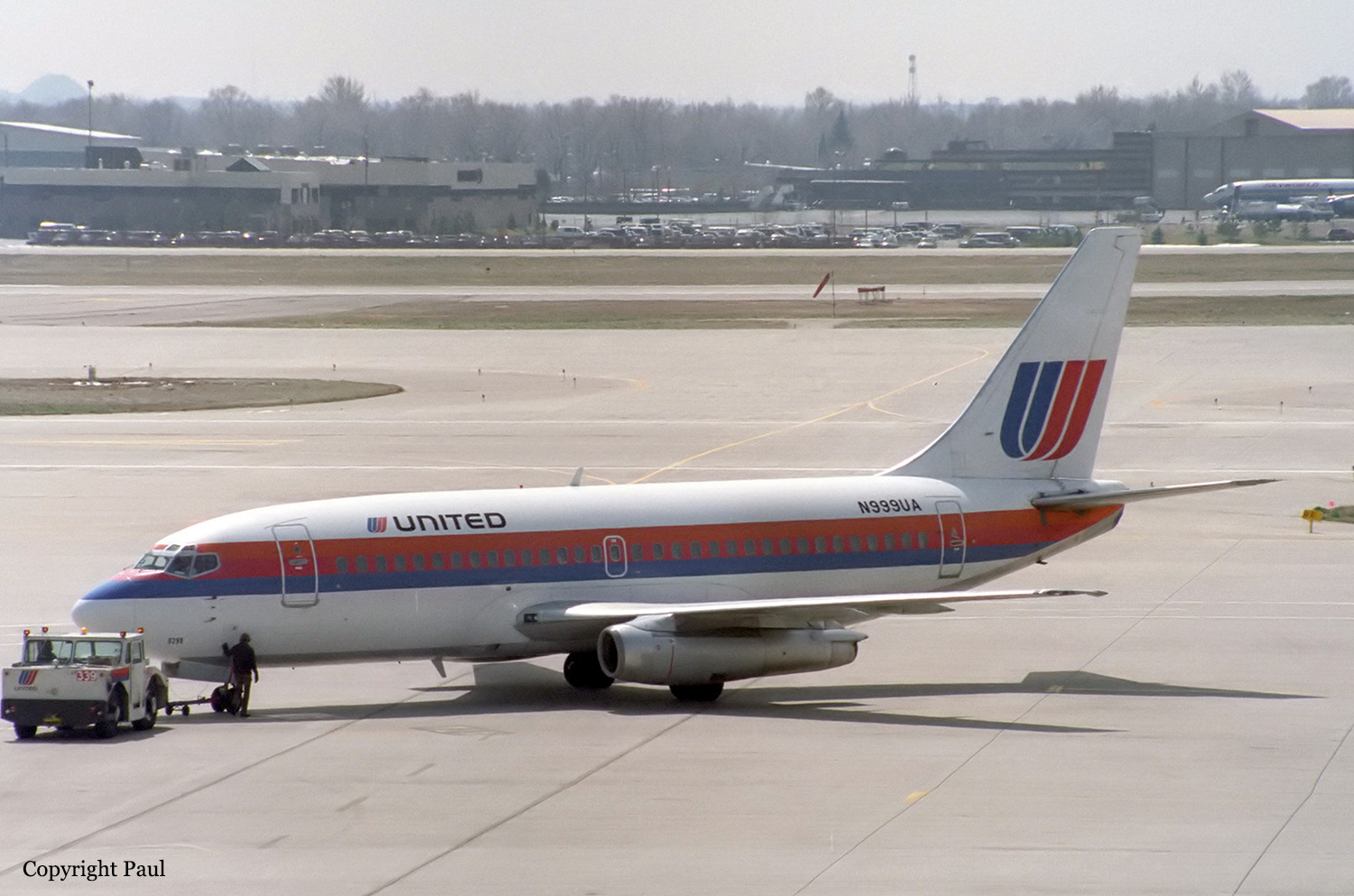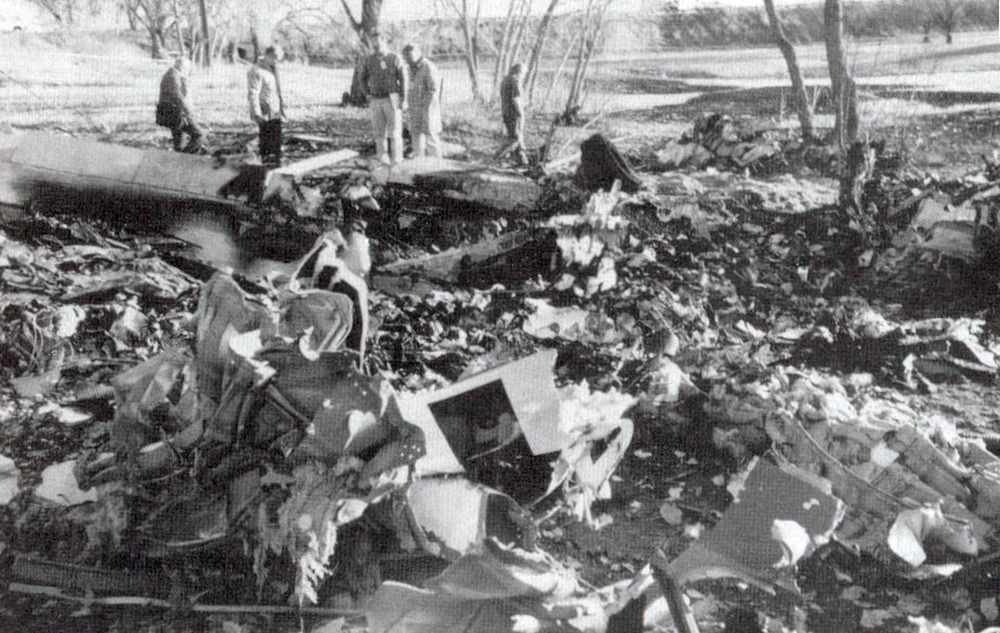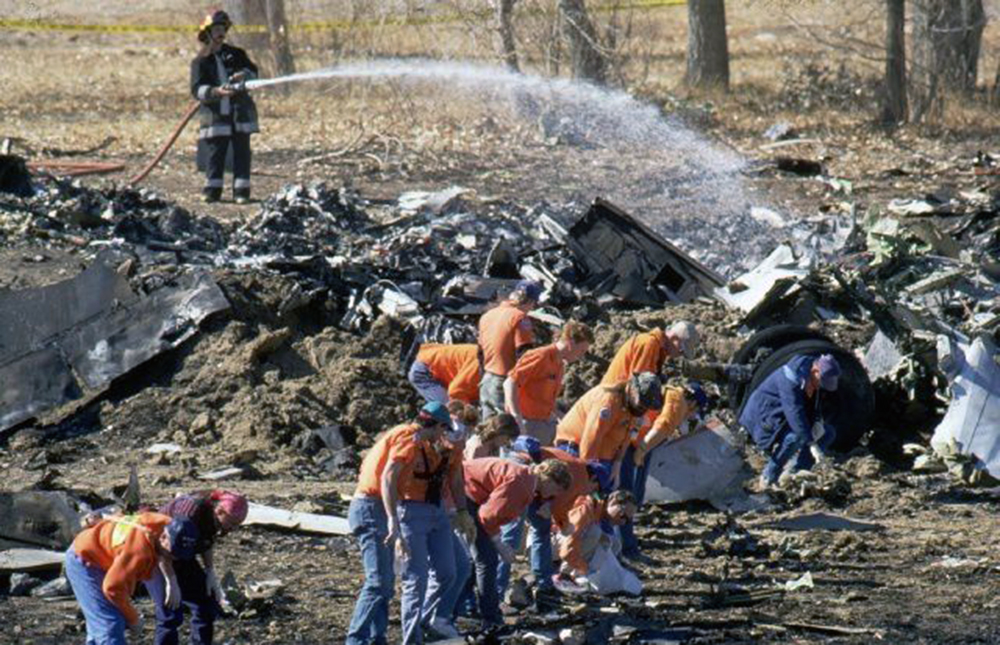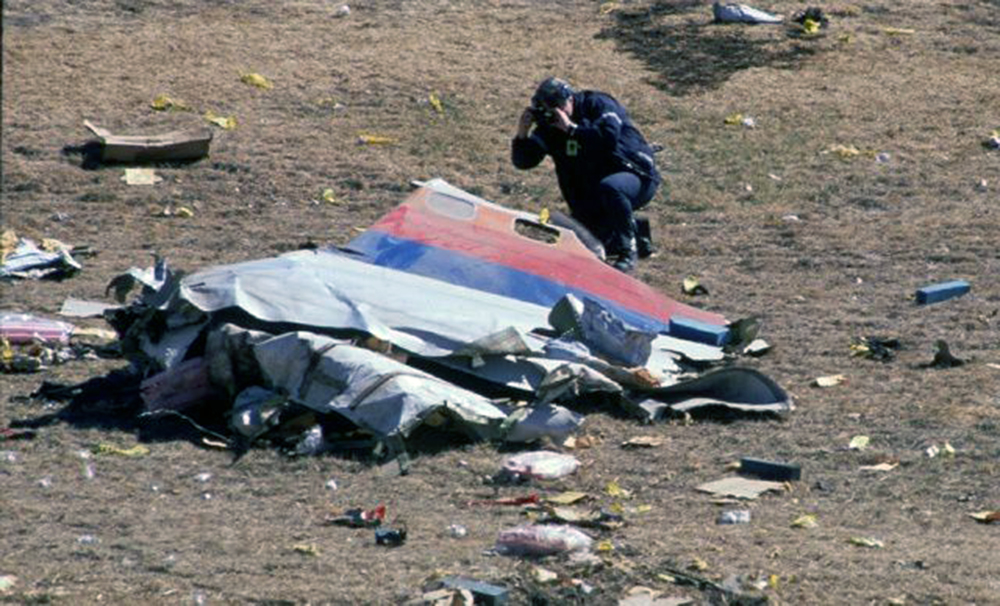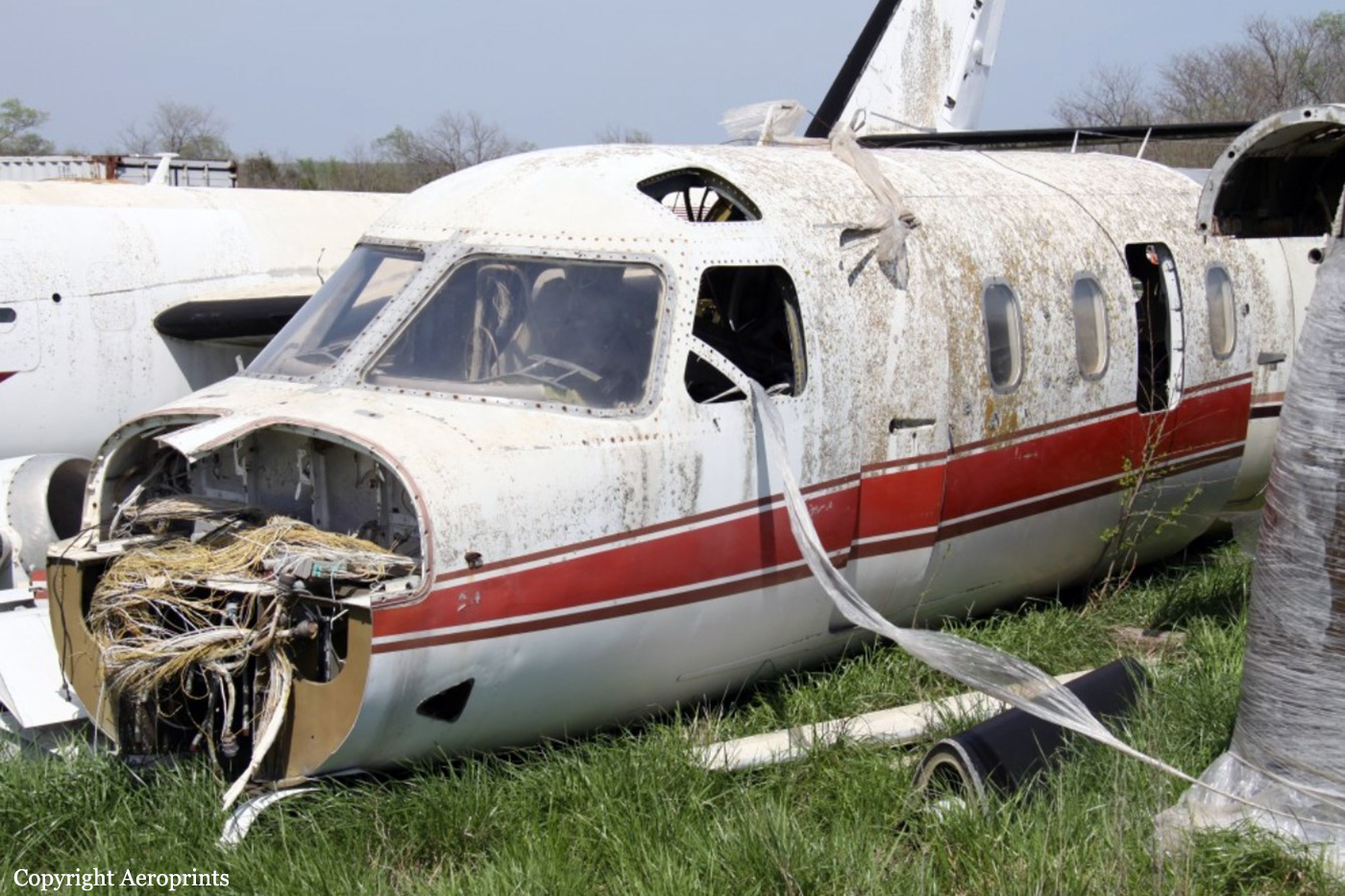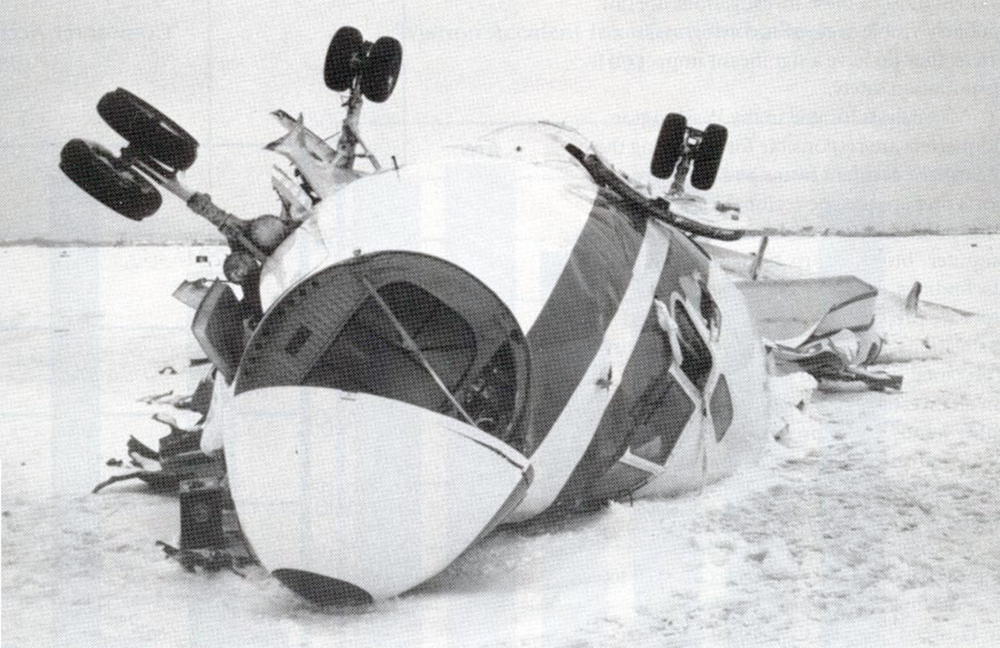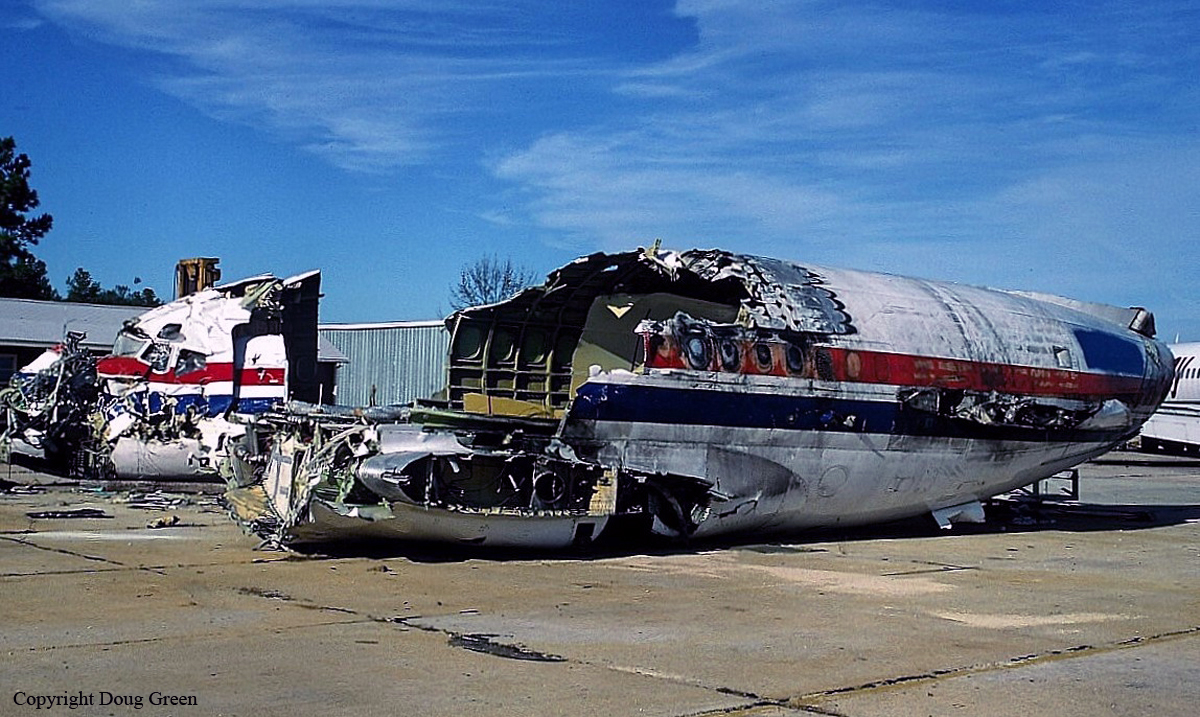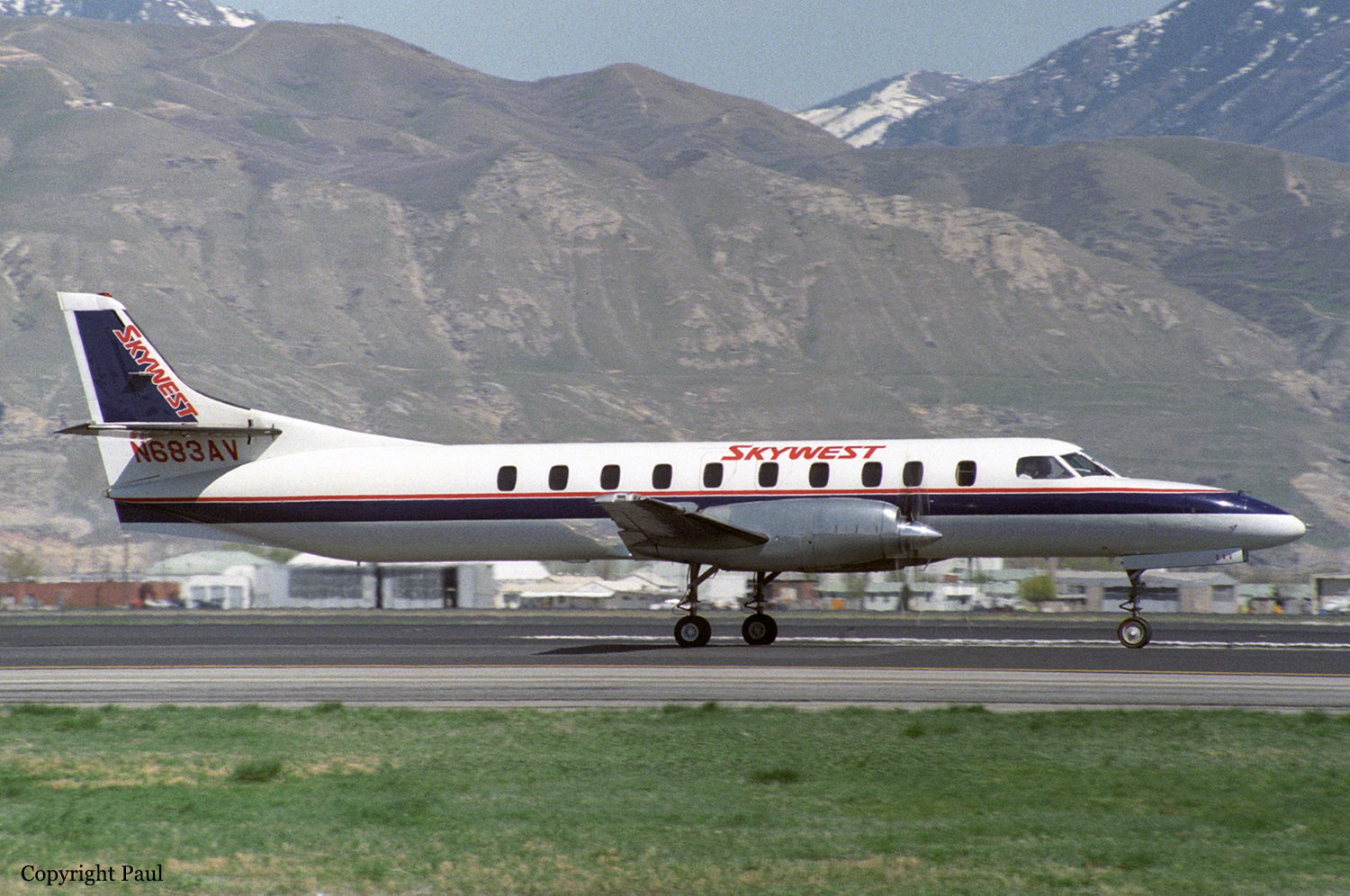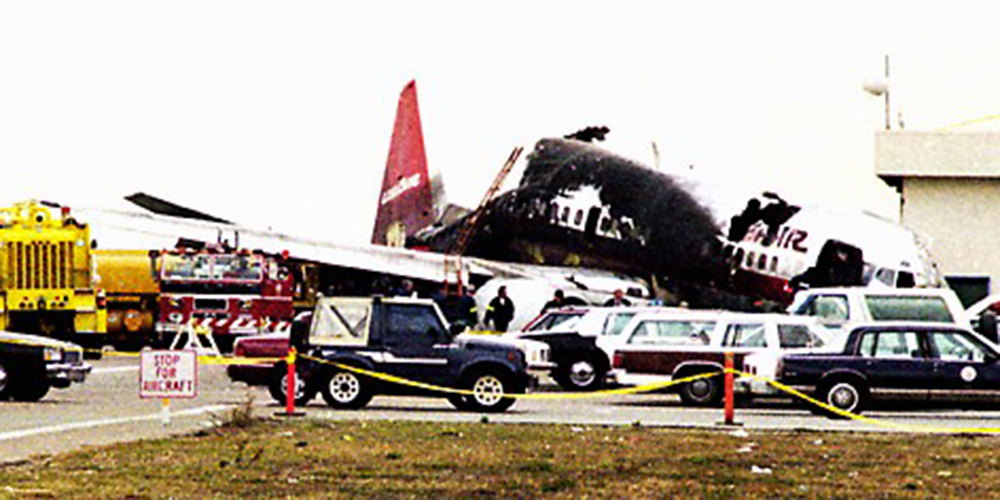Crash of a Rockwell CT-39G Sabreliner in Glenview: 3 killed
Date & Time:
Mar 3, 1991 at 1140 LT
Registration:
160057
Survivors:
No
Schedule:
Glenview - Glenview
MSN:
306-108
YOM:
1975
Crew on board:
3
Crew fatalities:
Pax on board:
0
Pax fatalities:
Other fatalities:
Total fatalities:
3
Circumstances:
The crew (one instructor and two pilots under training) was completing a local training at Glenview Airport. On approach to runway 27, the instructor decided to initiate a go-around procedure then started an approach to runway 35. He cancelled his IFR flight plan when control was lost. The airplane crashed onto several houses located near the airport. All three crew members were killed while there were no casualties on ground.



